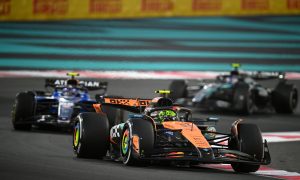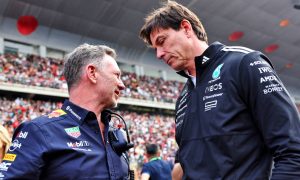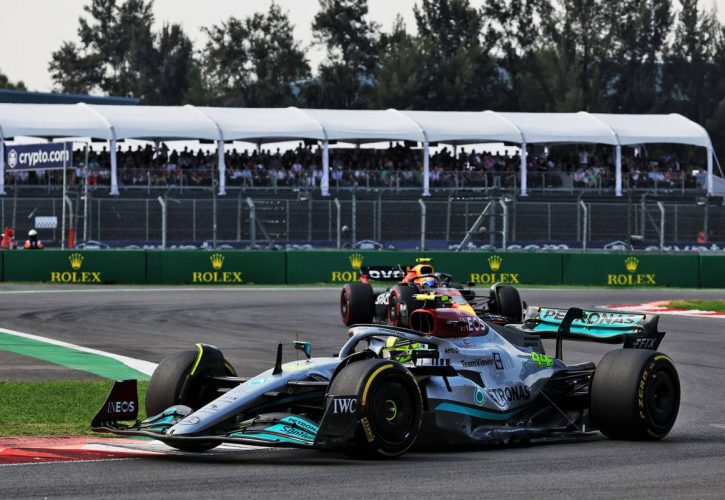
The Mercedes team came close to achieving their first win of the 2022 season at Mexico City, but in the end lost out to Red Bull's Max Verstappen in imperious form who charged to a record 14th victory of the season.
Lewis Hamilton came second while George Russell was fourth, although a late additional pit stop allowed him to switch from hard tyres to a set of softs to pick up the bonus point for setting the fastest lap of the race.
But both drivers publicly questioned the team's overall race strategy, believing that it cost them any chance they had of beating their rivals on Sunday.
Mercedes started both their drivers on medium tyres and switched to a set of hard tyres before the midway point, while Red Bull began the race on the soft compound and then switched to mediums earlier than Hamilton and Russell pitted.
Mercedes expected tyre degradation to kick in before the finish, but neither Verstappen nor Sergio Perez had any significant problem lasting the distance and maintaining their pace all the way to the chequered flag.
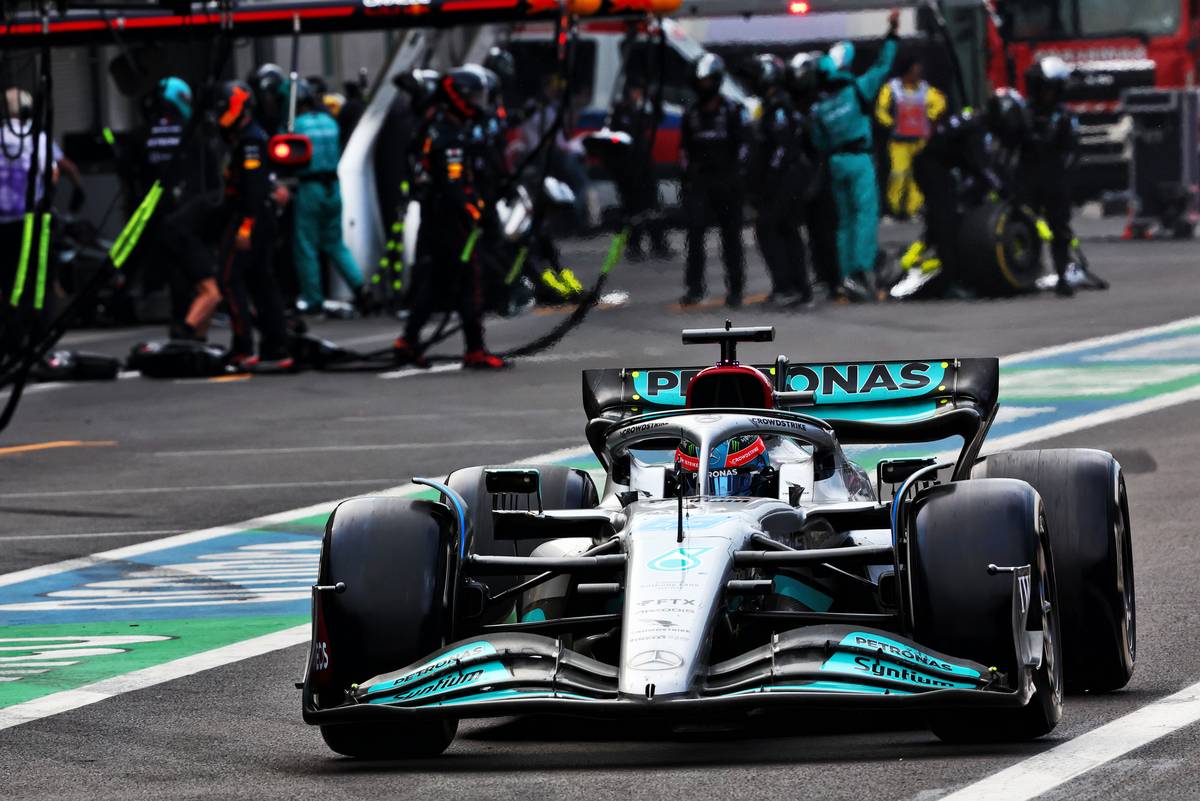
Meanwhile, McLaren's Daniel Ricciardo made his first set of mediums last 44 laps allowing him to switch to softs for the final stint - and he charged through the field from P13 to finish seventh despite incurring a ten second penalty en route.
So could the same approach for either Hamilton or Russell have unlocked the race and handed them victory? Mercedes strategists are dubious.
Mercedes team principal Toto Wolff said that it was "always easier to judge" with hindsight and that the strategy they chose was backed by the data on tyre wear they had collected during practice and qualifying.
"I think the one-stop, medium-hard looked like the right strategy," Wolff insisted. "That the medium held on for so long at the end came as a surprise.
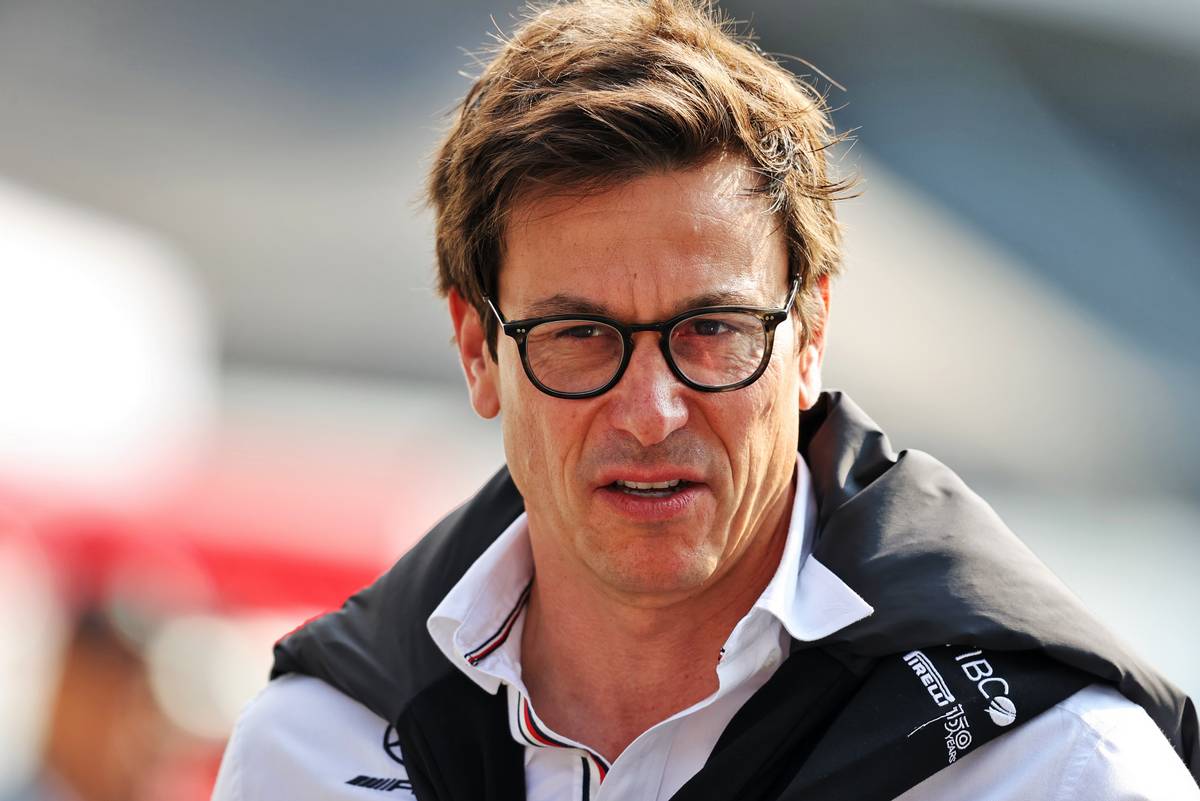
"If we were to restart the race, maybe we would choose a different tyre," he admitted. "But hindsight is the thing."
Wolff said that the option to go another five or six laps longer on the medium tyres and then switch to softs as Ricciardo did was discussed, but they had decided that it was "not a given that it would hold on".
While the soft tyres certainly had good pace, Mercedes felt that they were "not strong enough to go 30 laps or so" until Ricciardo proved otherwise. And even now he felt that the strategy wouldn't have been enough to overhaul Red Bull.
"We would have been even closer on a different strategy," Wolff conceded. "[But] I don't think we could have overtaken them because [of] the gaps. That would have been basically the reverse strategy.
"Even the soft/medium, that would have been a bit of an advantage into turn 1. Lewis was on the outside, so you never know how it would have come."
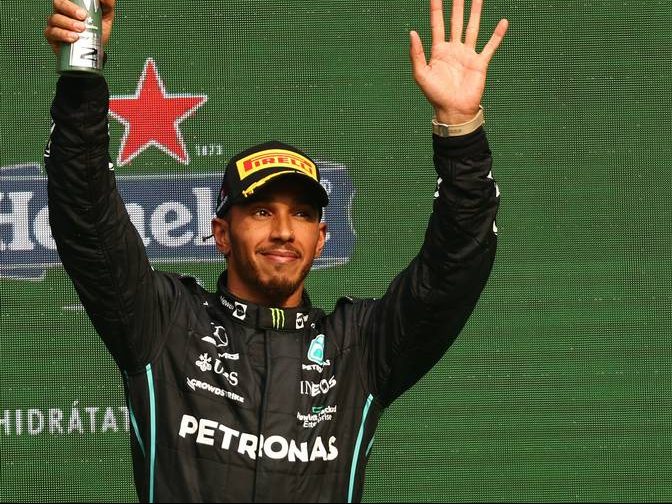
Wolff acknowledged that the team's race simulations suggested that the Mexican Grand Prix had been their last, best hope of claiming a win in 2022.
The season had started badly due to problems with this year's car which exhibited major problems with 'porpoising', but undoubted progress has put them back toward the front of the grid in recant outings.
While Red Bull - and Verstappen in particular - remain in a different league, Mercedes were much stronger than Ferrari in Mexico in part thanks to the high altitude and thin air helping to address their problems with drag.
"I'm really proud of the team of what we did this weekend," Wolff said. "We experimented with a lot of things, the engine guys have pushed the boundaries really to give us the maximum performance.
"I think it will be a mix between trying the max while trying the most for next year," he added when asked what the teamn's approach would be in the final two races of the season in Brazil and Abu Dhabi.
Gallery: The beautiful wives and girlfriends of F1 drivers
Keep up to date with all the F1 news via Facebook and Twitter



